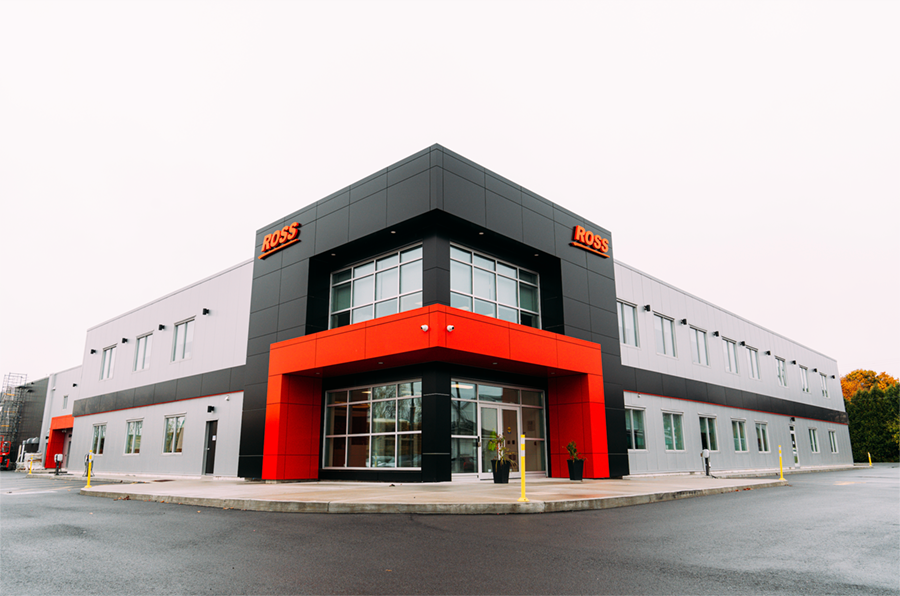Small Screens for Terrestrial DTV
While U.S. consumer electronics manufacturers have focused on large HDTV sets for terrestrial DTV, elsewhere in the world broadcasters and cellphone operators are working together to bring broadcast TV to the small screen. As reported in the Dec. 15 RF Report, Twinhan Technology Co. in Taiwan is selling a cigarette-pack sized DTV tuner that plugs into a laptop USB port. I also described cellphones from NEC (RF Report July 14) and Sanyo (RF Report August 11) that use a dedicated segment of the DVB-T COFDM reserved for sending video to handheld devices. Other manufacturers are offering similar products and Sprint is even offering TV over cellphone using its data network instead of over-the-air broadcast signals (RF Report Nov. 17). Clearly, there seems to be interest in bringing TV to the small screen. Mercedes is even offering DTV reception as an option in cars it sells in Europe (RF Report Sept. 1). In RF Report last week I described efforts underway in Finland to test DTV over cellphones.
Will we ever see this technology in the U.S.? The Consumer Electronics Association petitioned the FCC to allocate part of the 700 MHz spectrum being taken away from broadcasters for a COFDM based mobile multimedia service. Under the current rules, it appears this service could be implemented in channels 52-59 once conventional broadcasting is cleared off the channels and the spectrum auctioned. The amount of power allowed in this "new" spectrum is far less than that currently authorized for conventional analog and digital TV broadcasting and this may pose some problems covering wide areas unless a distributed transmission system is used.
It is generally accepted that the current 8-VSB standard is unusable for use in automobiles due to the rapidly changing multipath. It may be suitable for some small screen applications, such as tuners for laptops. The RF environment handheld devices operate in can vary widely and since at least part of that use is likely to be while the device is in a vehicle, 8-VSB is probably not the best choice for handheld receivers. Broadcasters and the Advanced Television Systems Committee (ATSC), which consists of electronics manufacturers and broadcasters, have recognized portable devices could be an important part of digital terrestrial broadcasting in the U.S. The enhanced VSB standards currently being worked on at ATSC could offer a portable/mobile solution for U.S. digital broadcasters. VSB demodulator innovator LINX has also been testing 2-VSB technology. This was demonstrated at NAB2003 and, while not backward-compatible with existing 8-VSB tuners in the U.S., provides an even more robust platform for mobile/portable devices.
The data rates available with enhanced VSB robust data stream are not large, especially if the less robust stream is carrying HDTV programming. However, small screens do not need full resolution video and some compression artifacts may be acceptable. Using MPEG-4 or Windows Media Architecture (WMA) video compression, even low data rate robust streams could be useful. There wasn't as much visible activity in the enhanced VSB arena in 2003 as there was the year before, but I expect we'll see the standard finalized and some FCC action on it in 2004.
The professional video industry's #1 source for news, trends and product and tech information. Sign up below.
